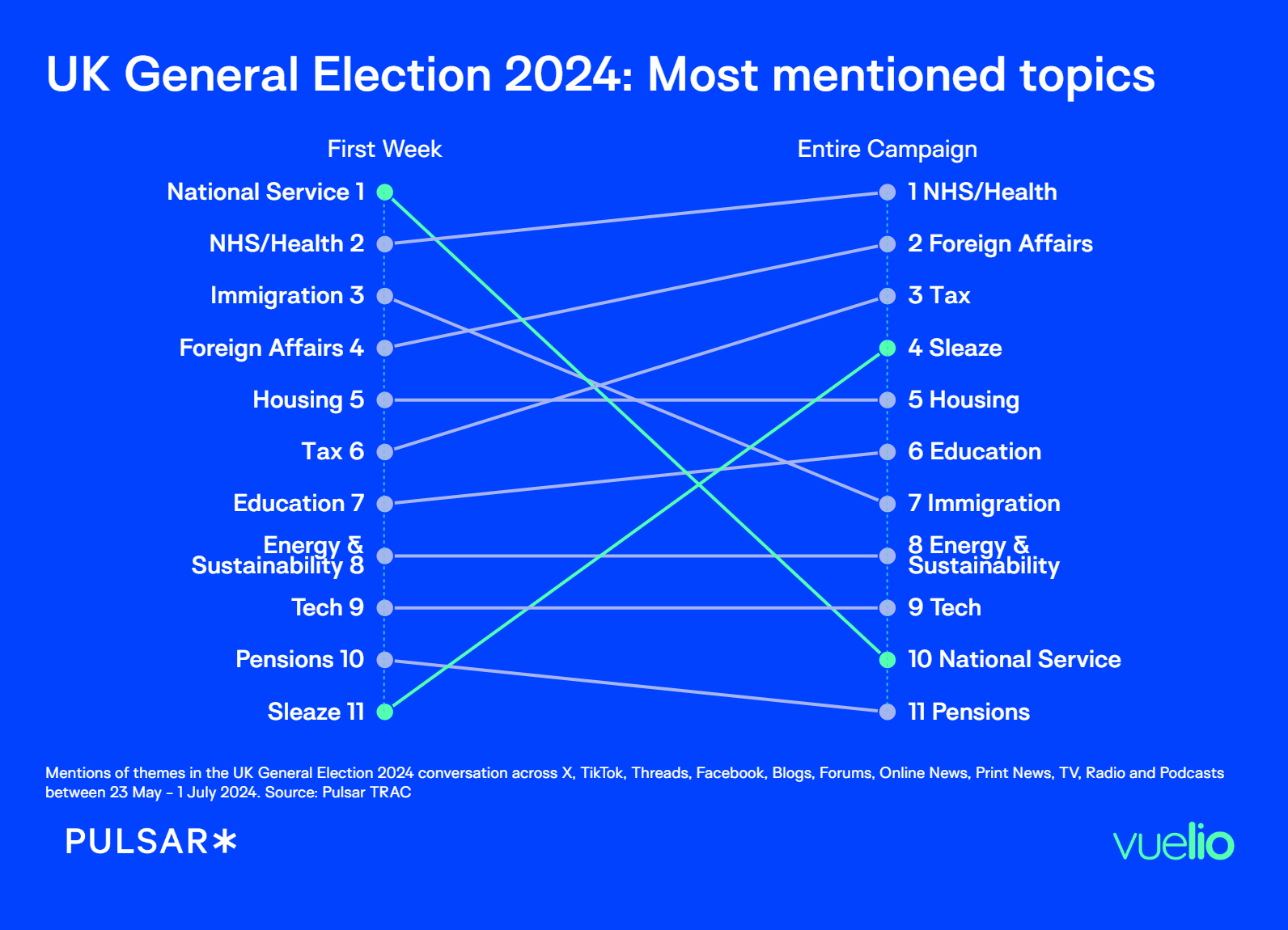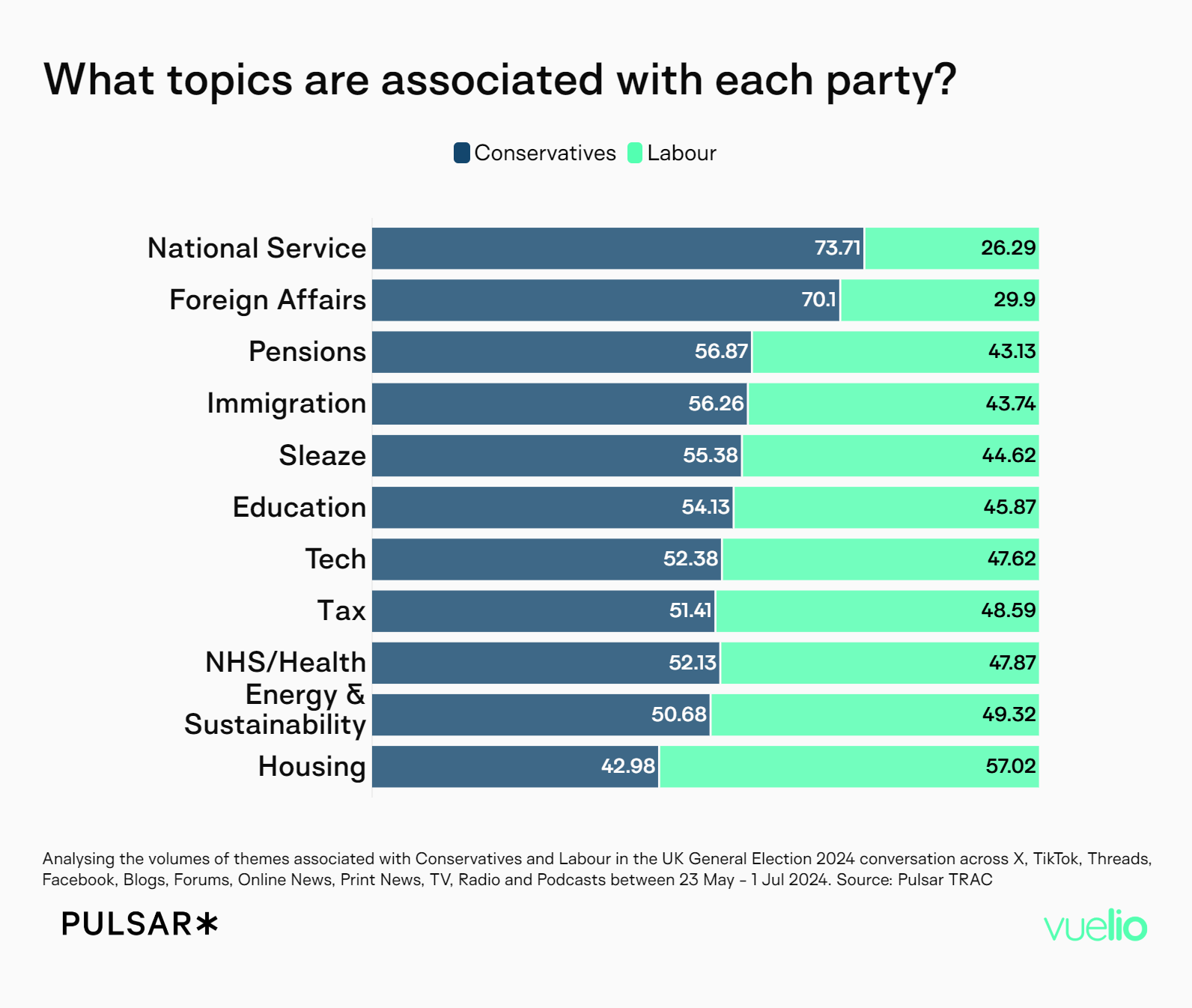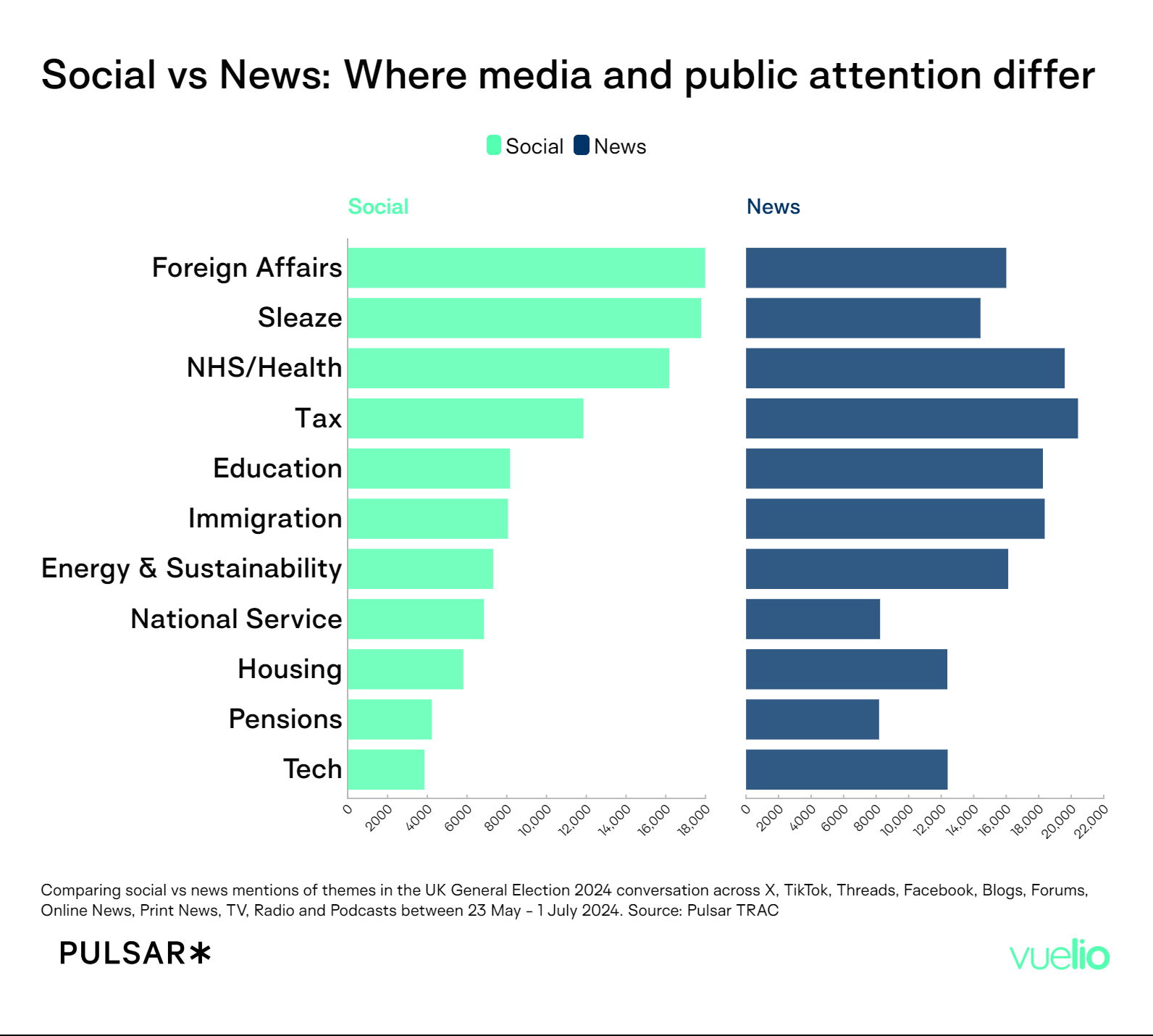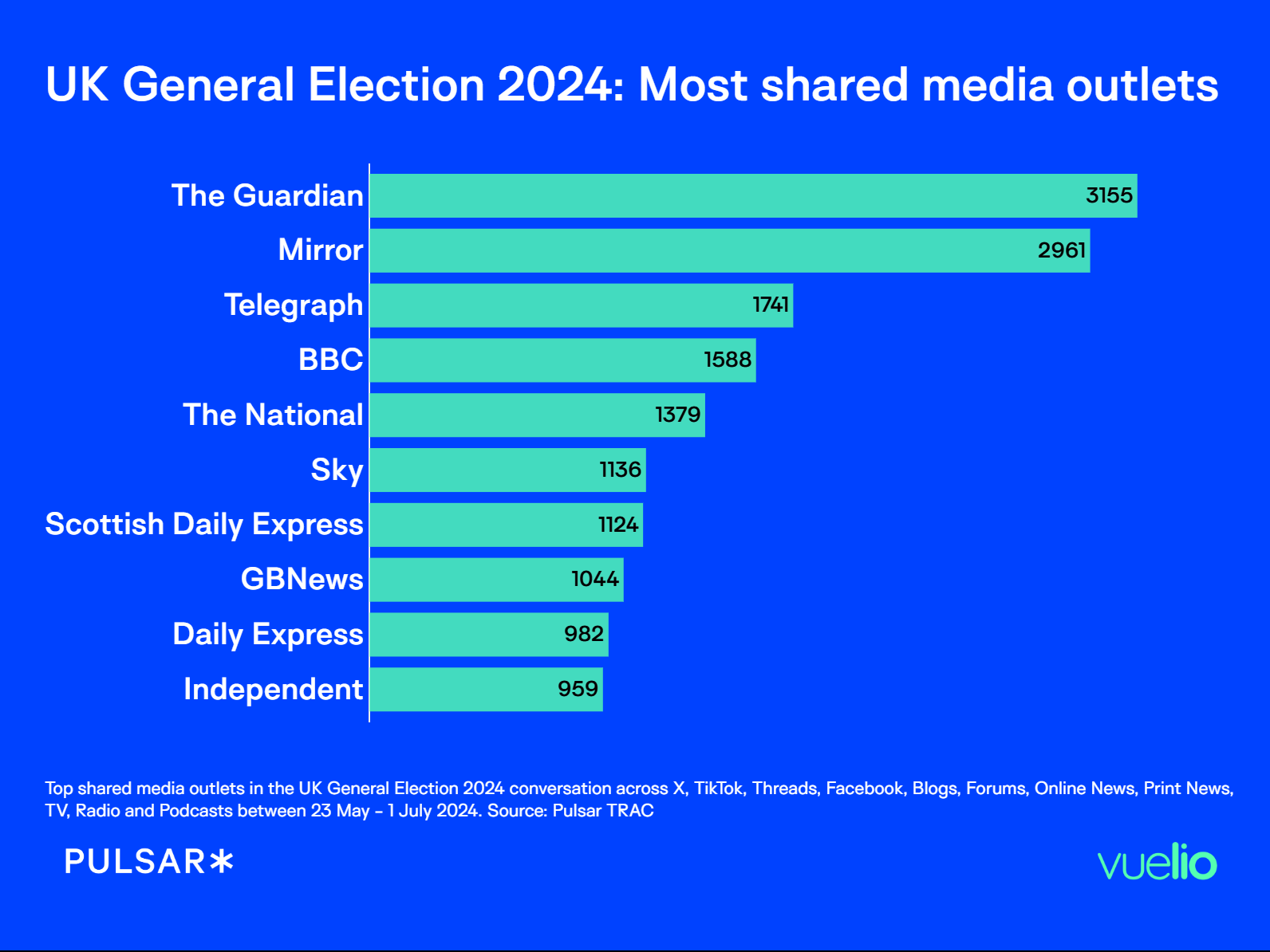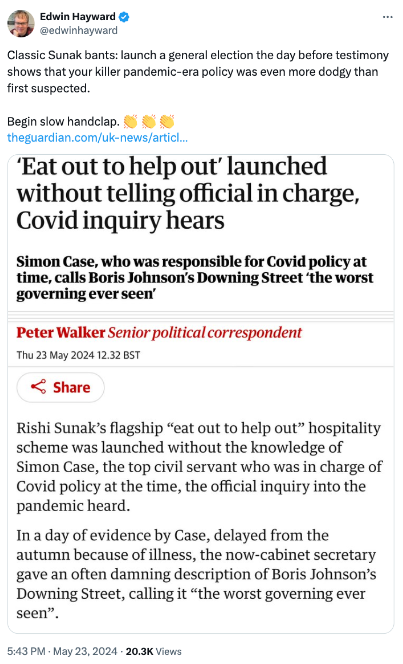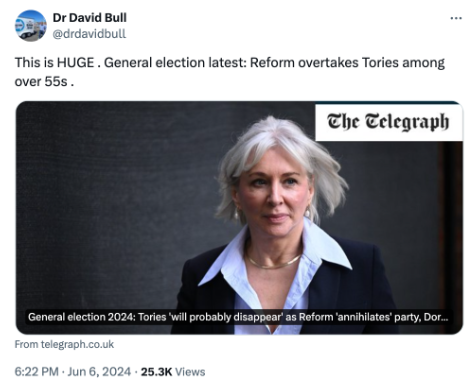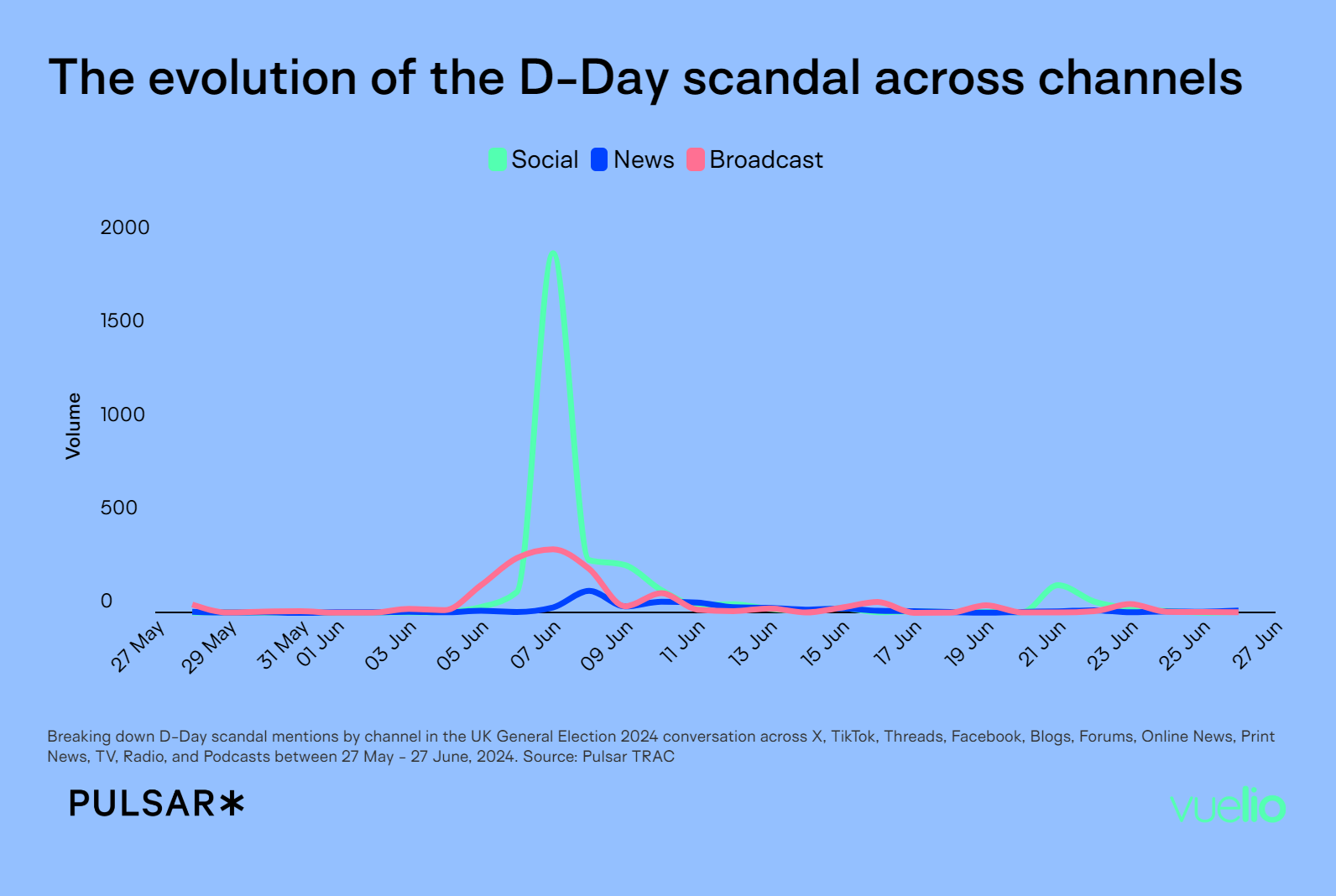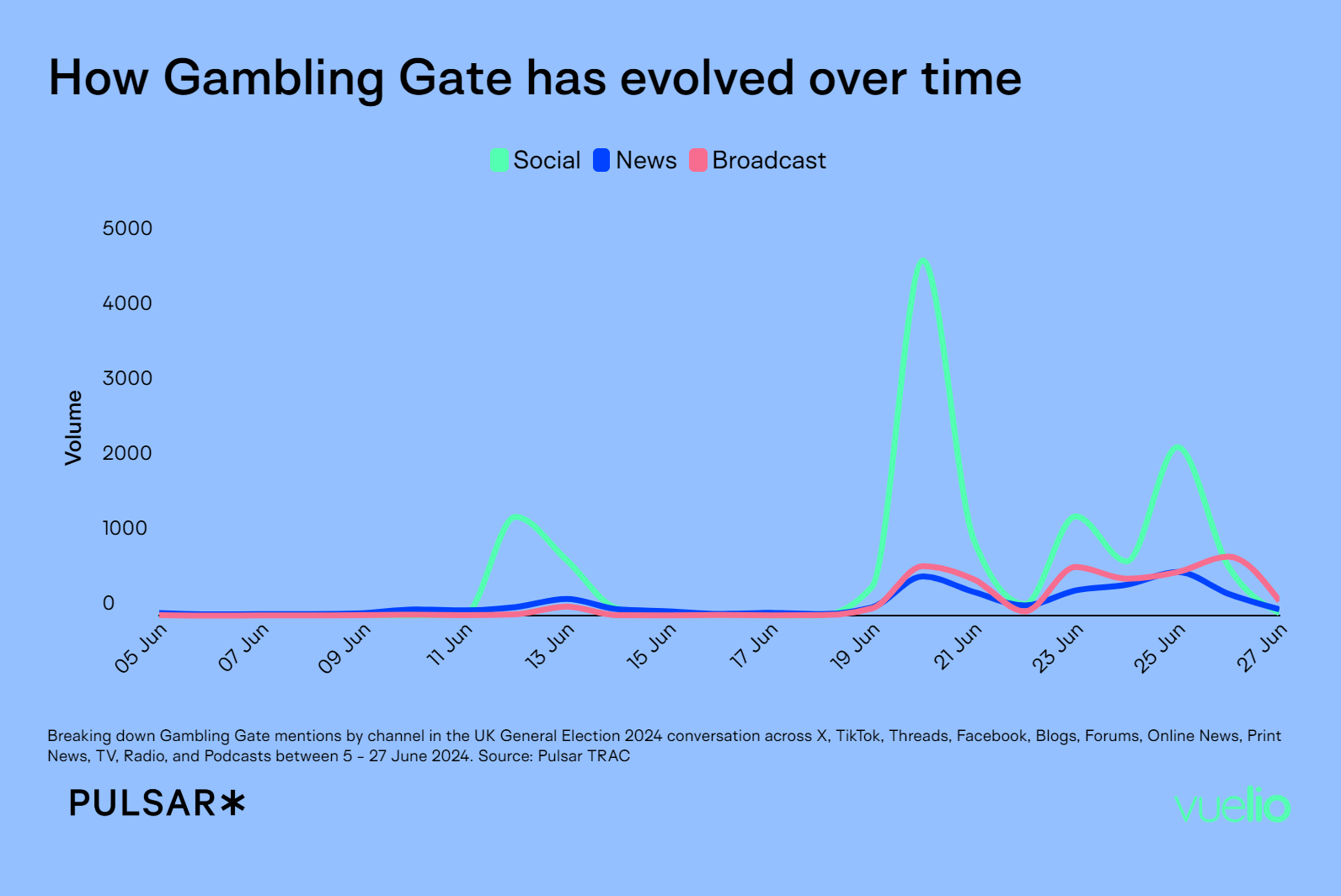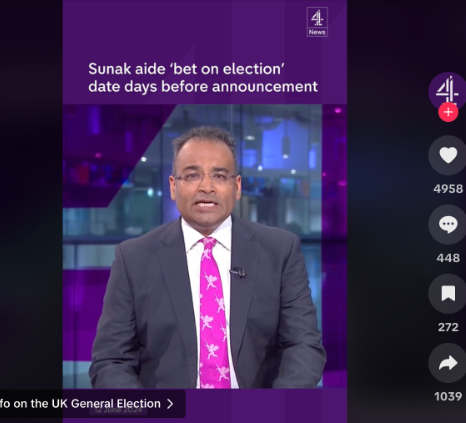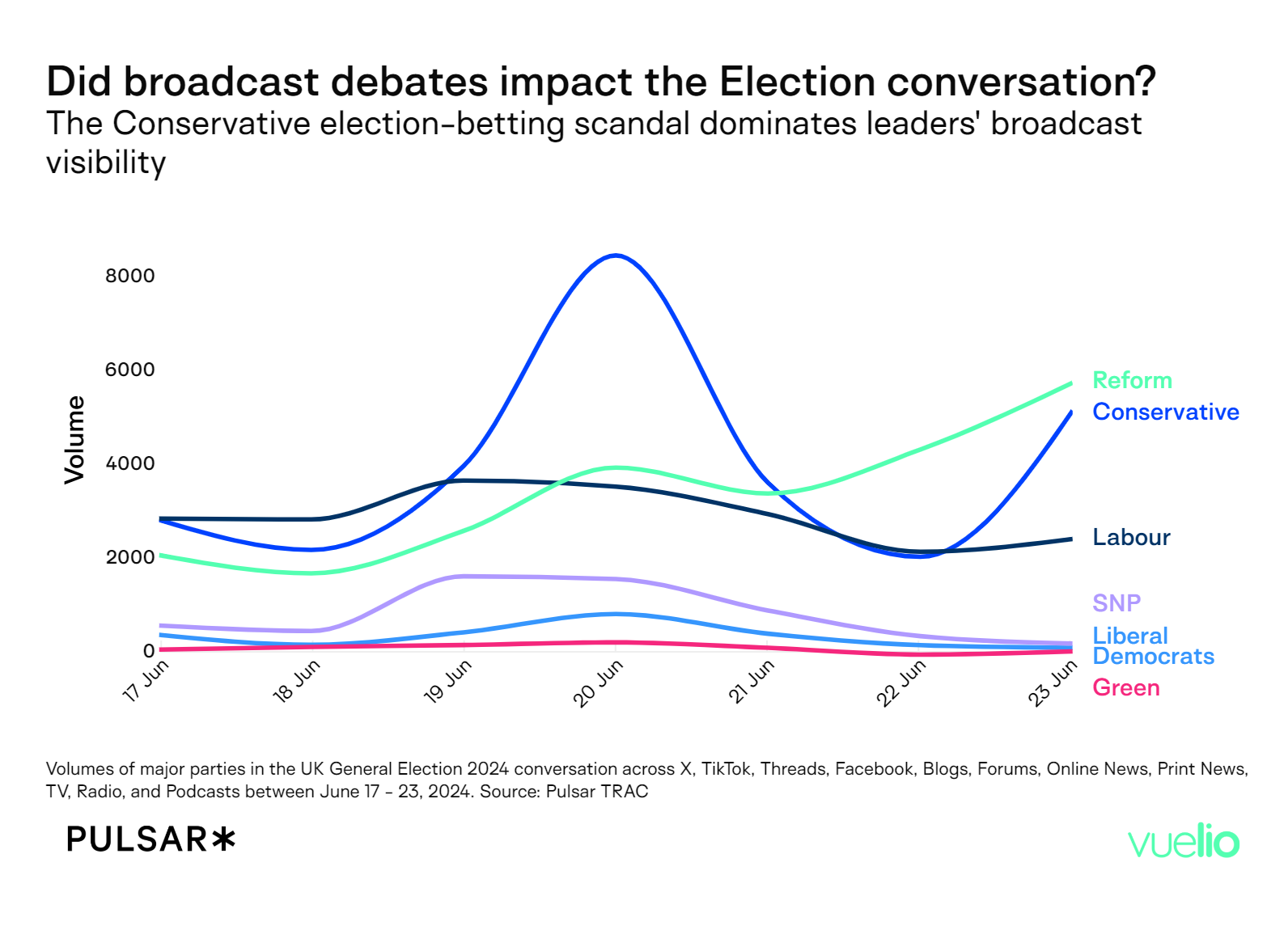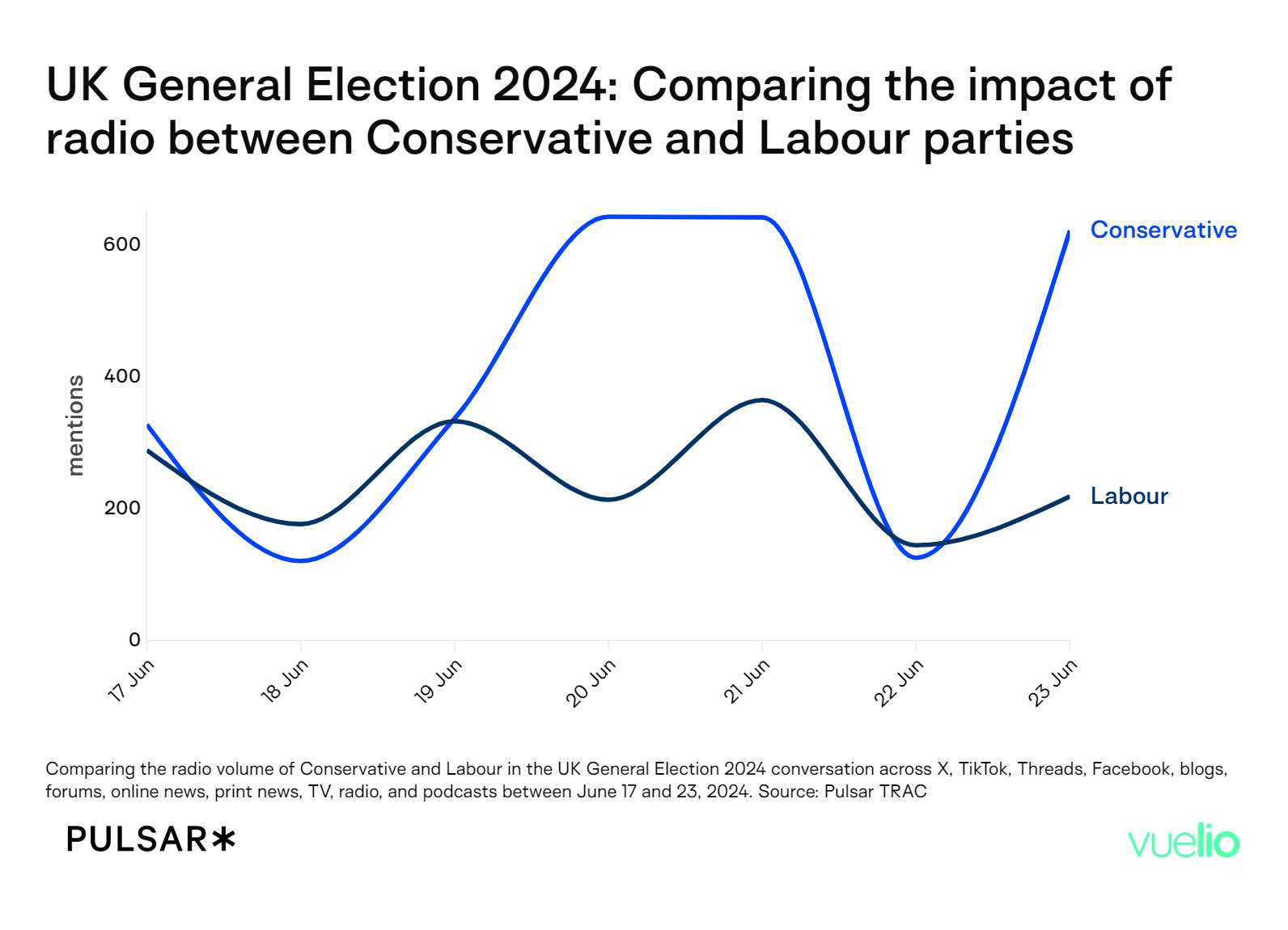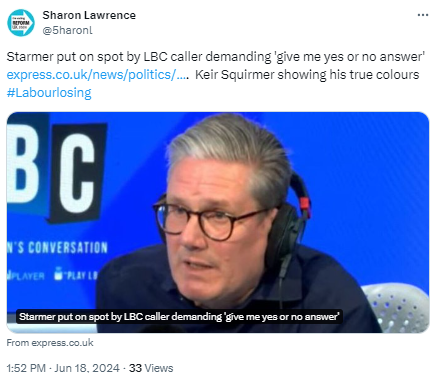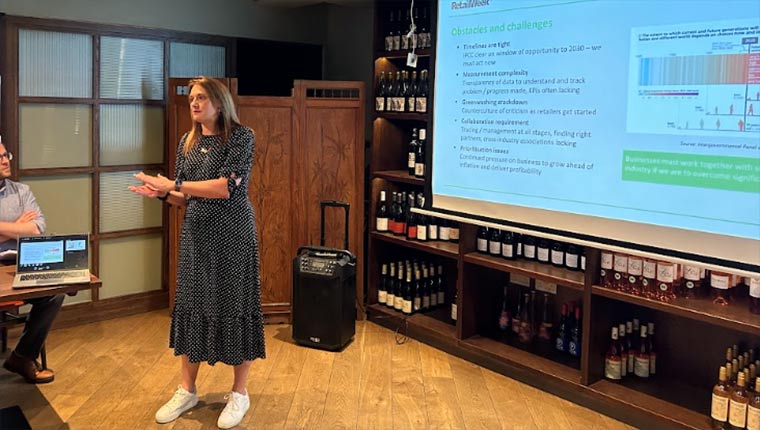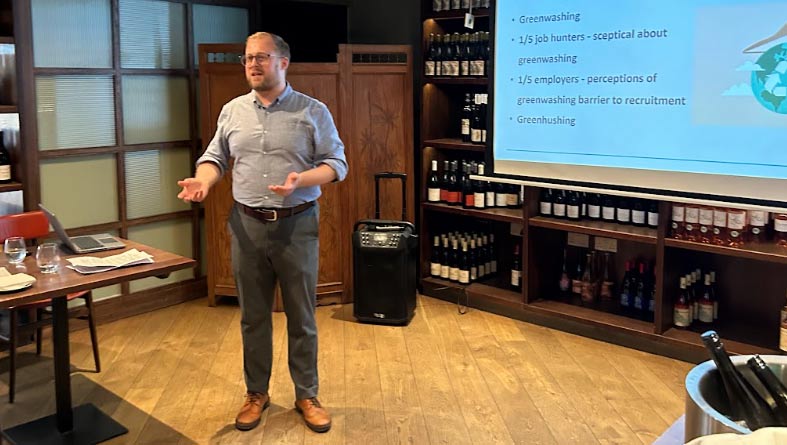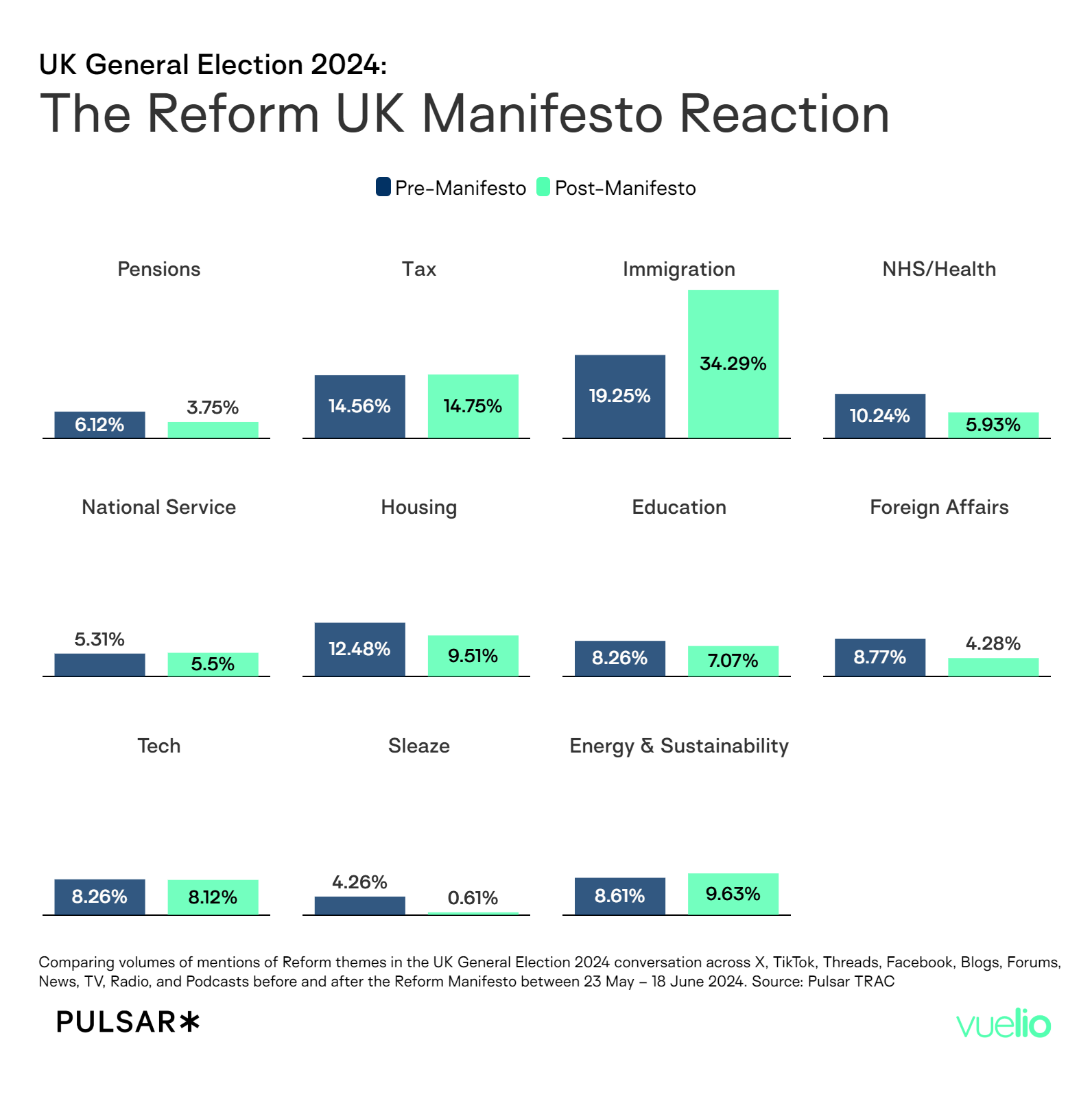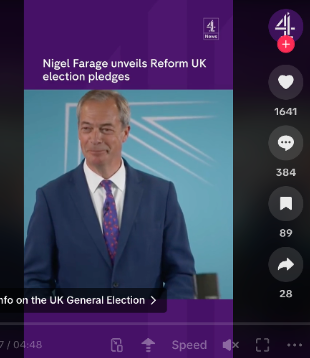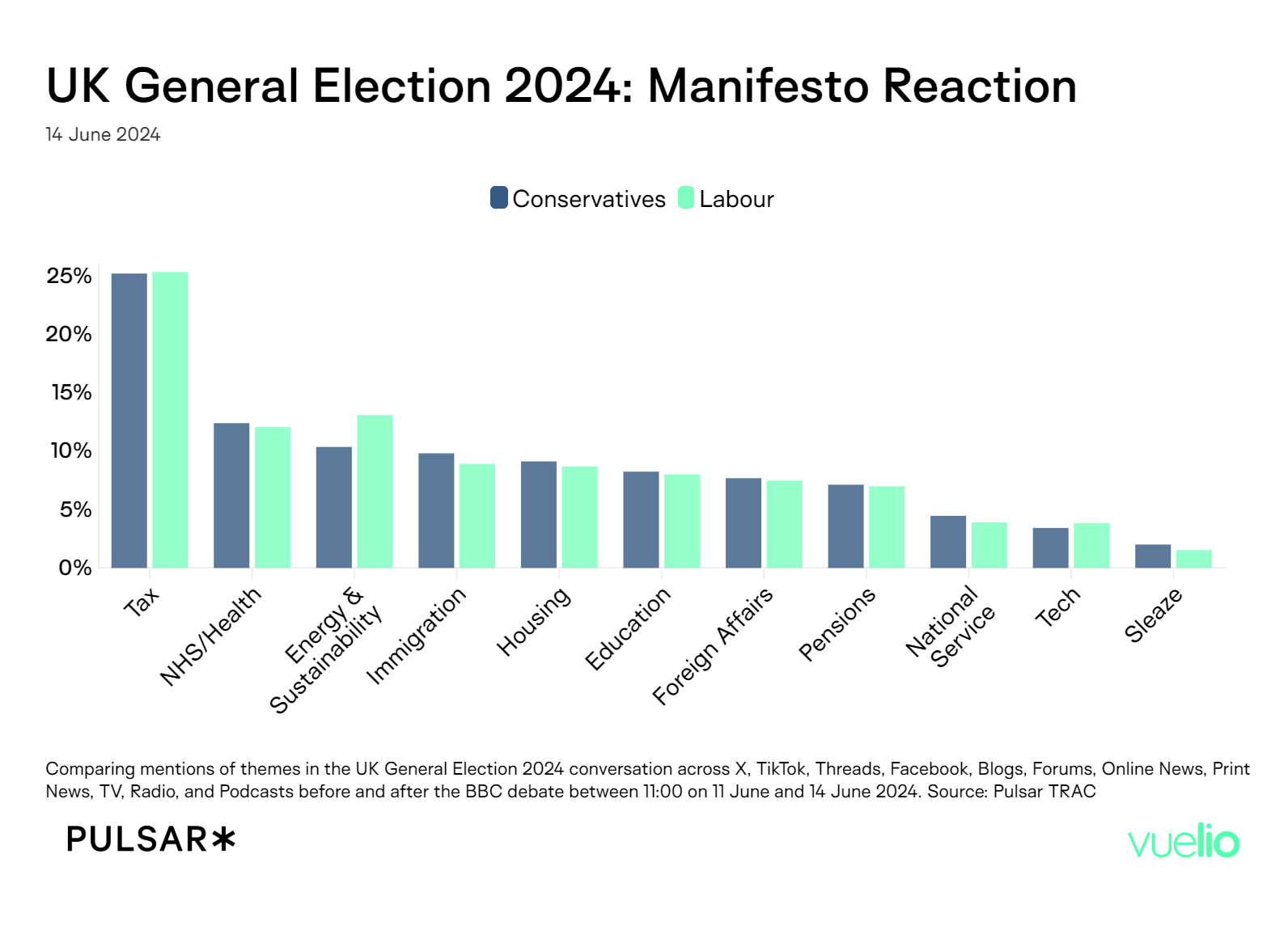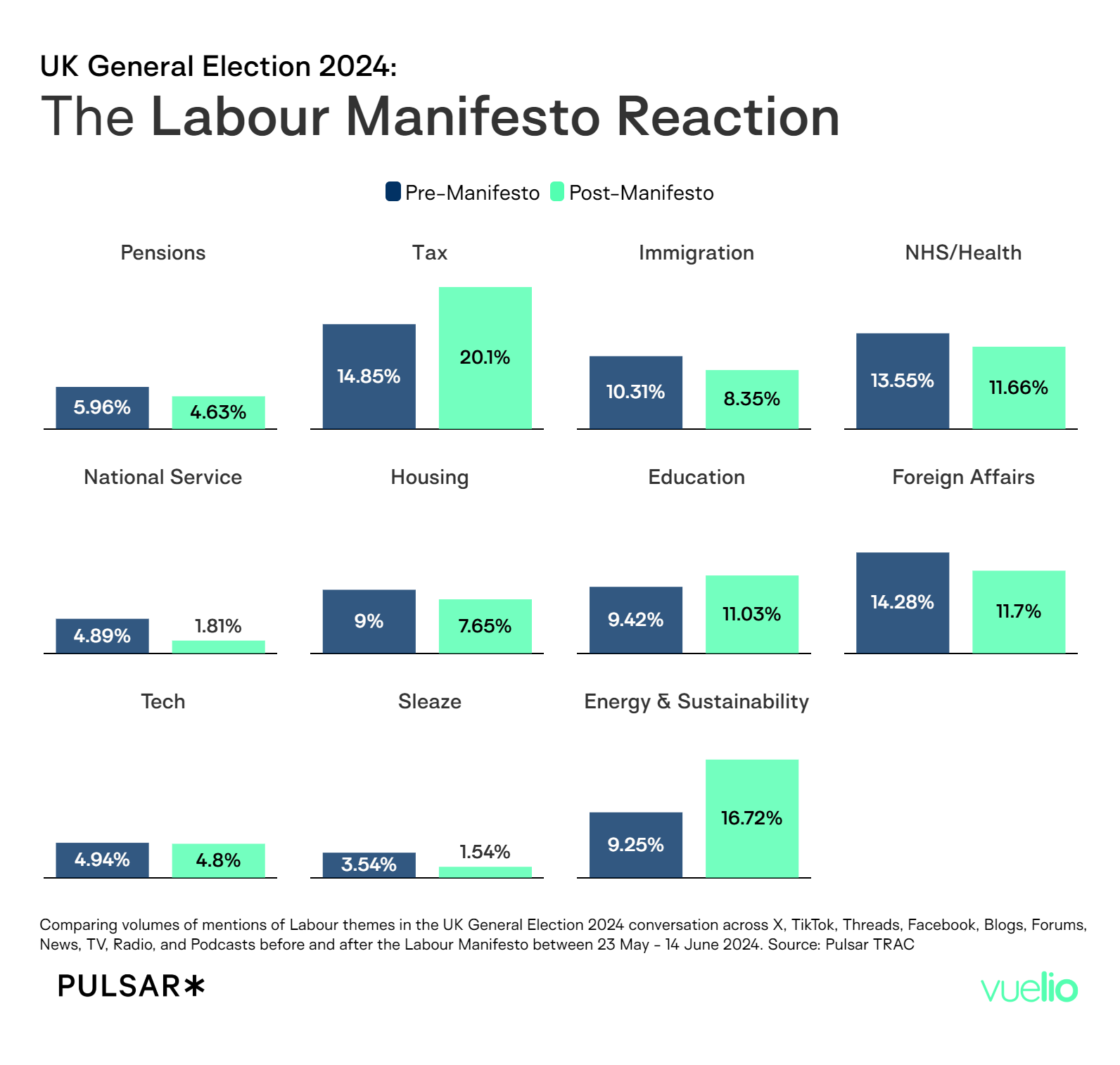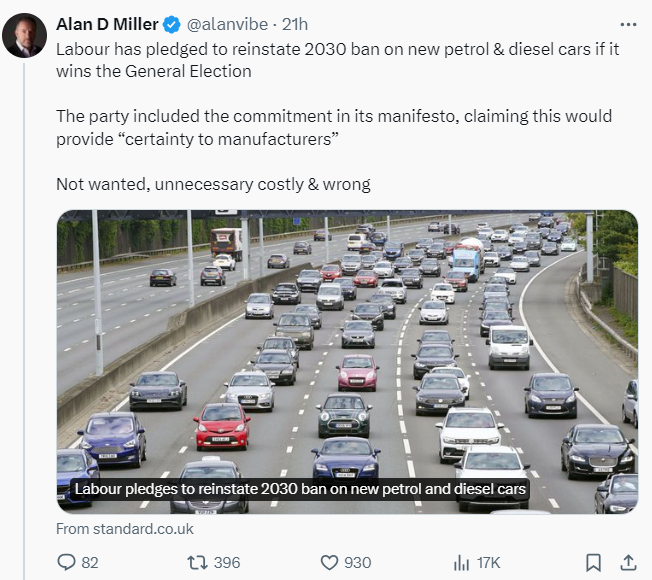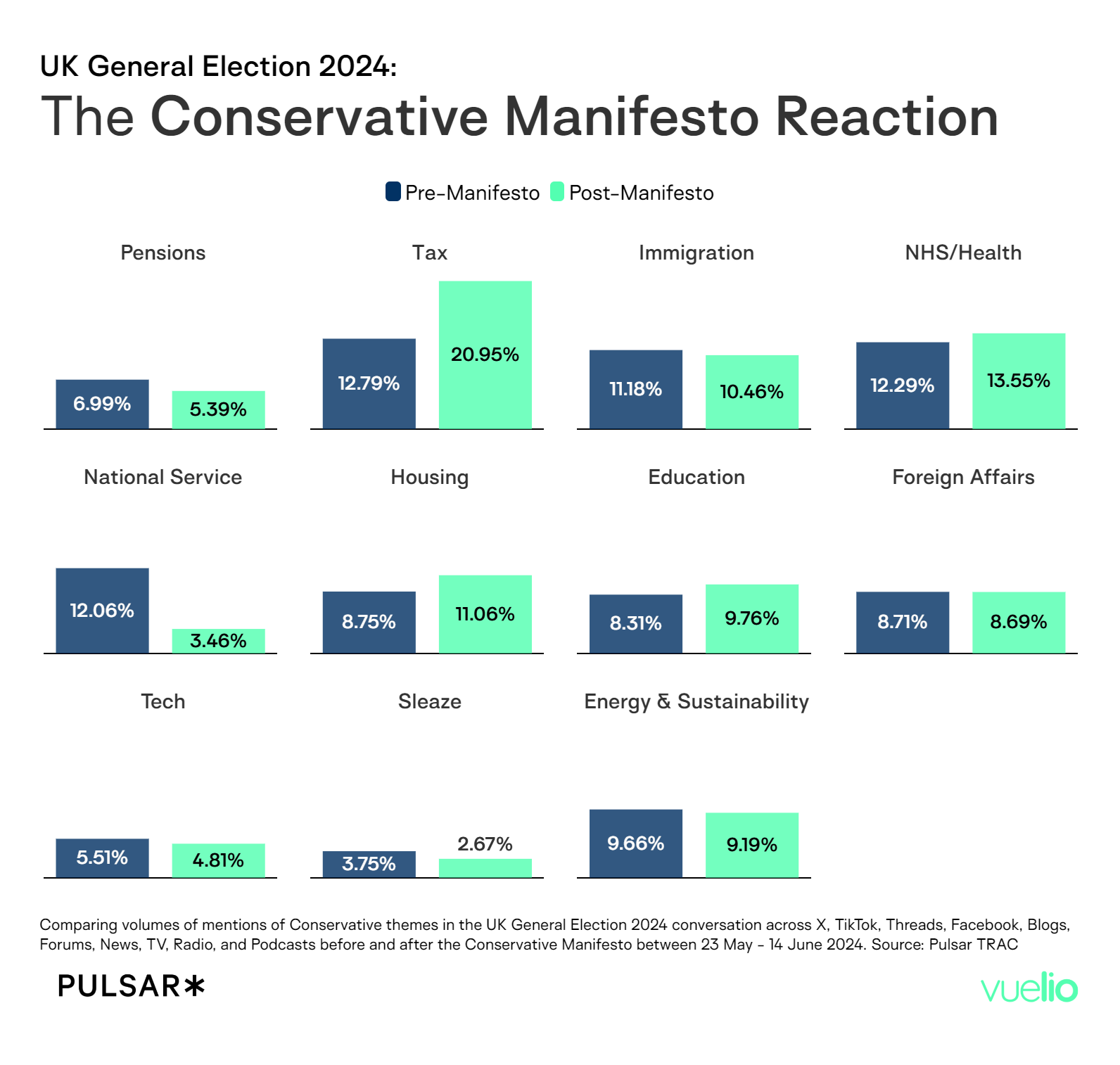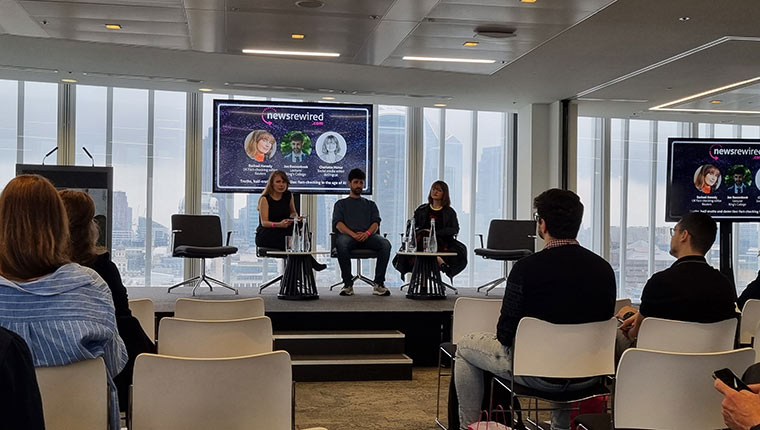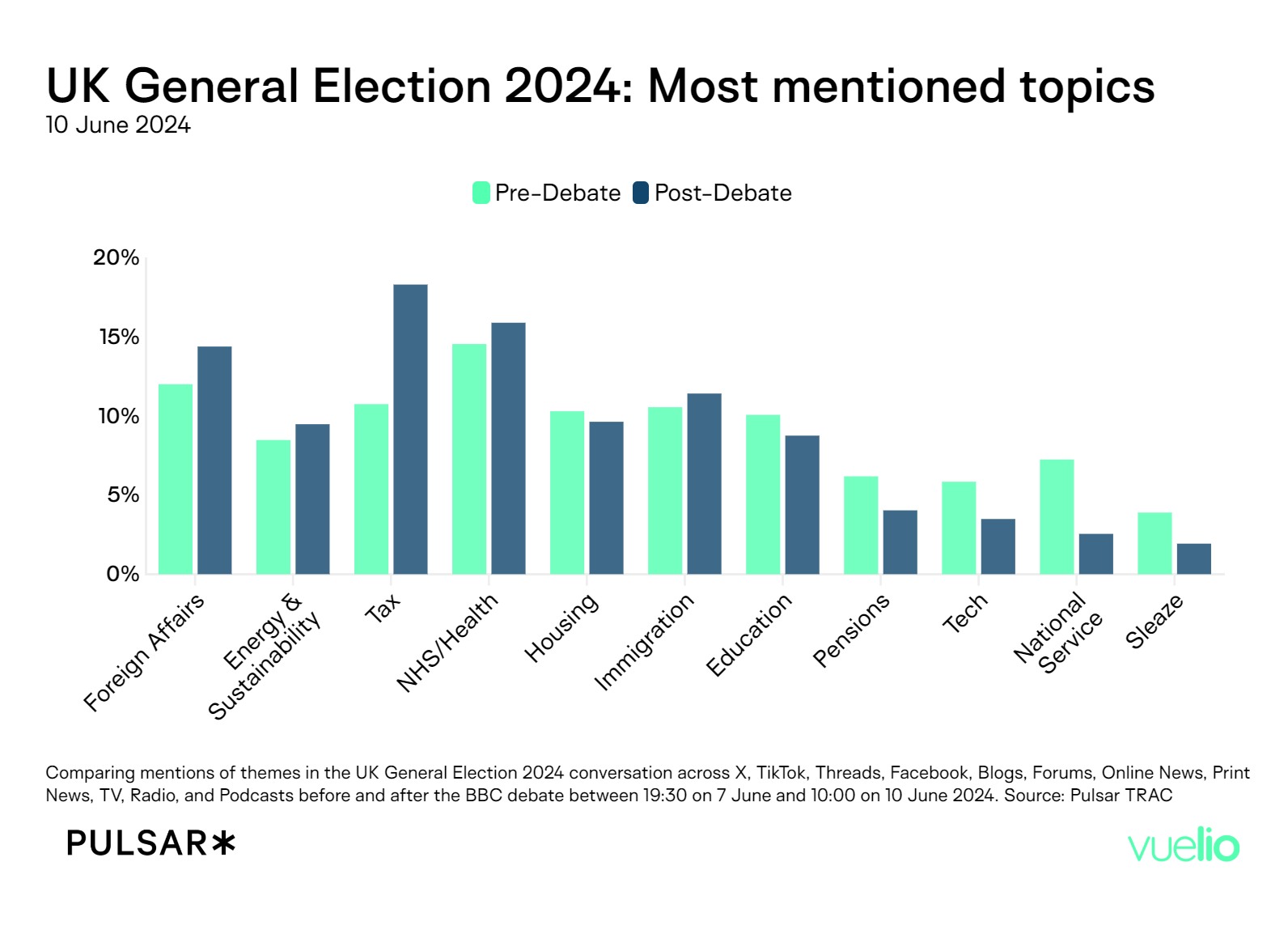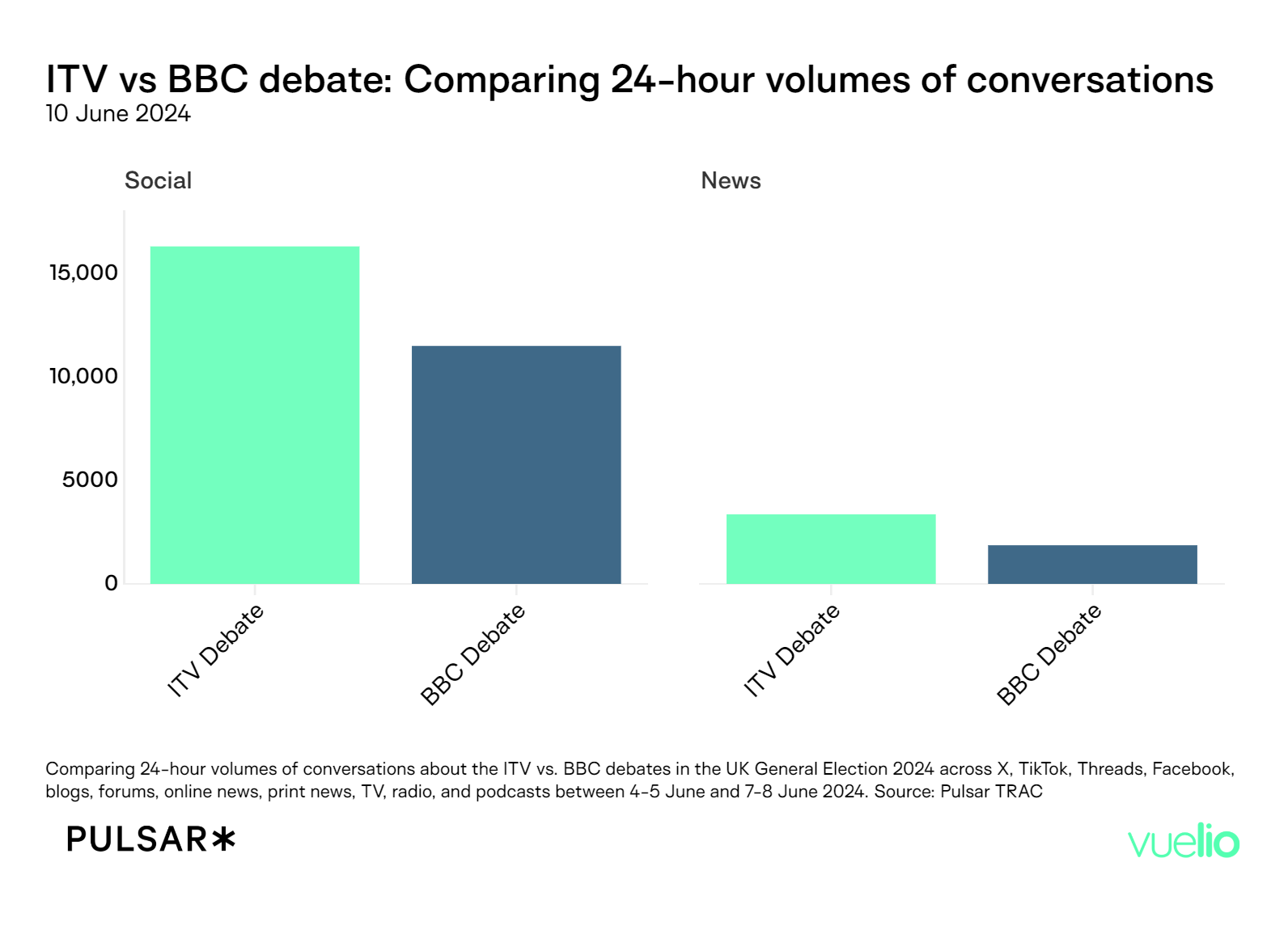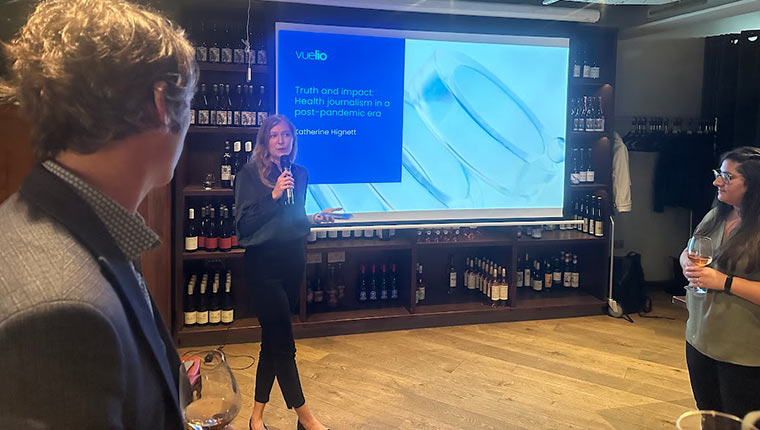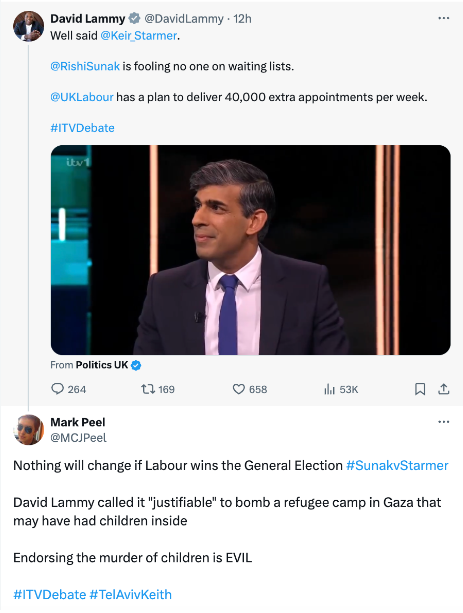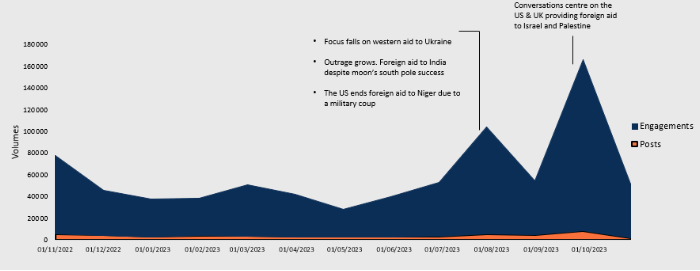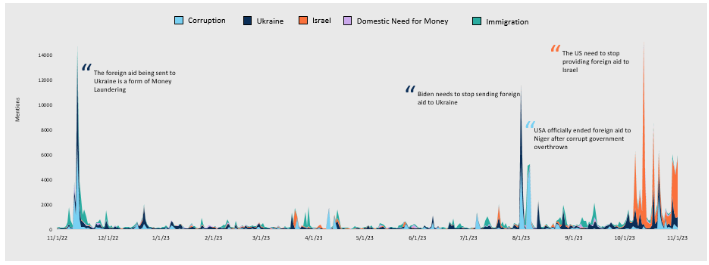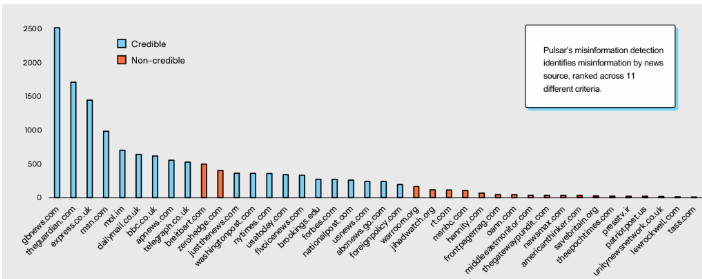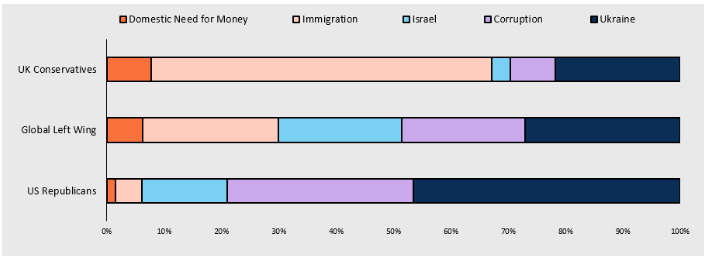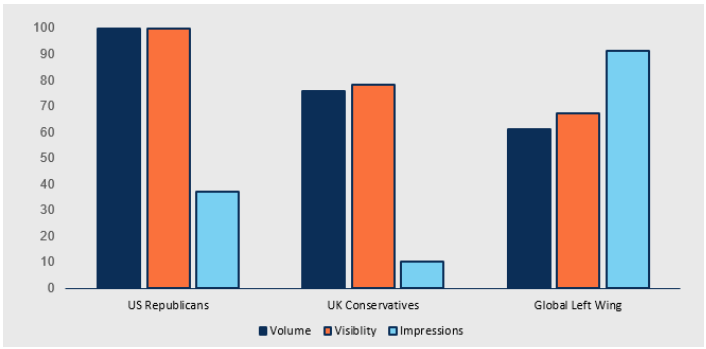Will a Liberal Democrat revival be impeded by perceived ideological ambivalence?
Just over 40 years ago, Liberal Democrats forerunner the SDP-Liberal Alliance returned their best collective election result in 1983 as they finished third – only 2% below the Labour party. While the party might have hoped that the 1983 election would serve as the turning point in their bid to remodel British politics, this wasn’t to be. Aside from 2005 and 2010 – where the party achieved over 50 MPs and over 20% of the vote – 1983 was the high-water mark.
Today, the Liberal Democrats face a different challenge. Since 2015, they have been pushed into the fourth-largest party spot in the Commons, and have often battled to remain politically relevant rather than politically significant. Nonetheless, a multi-pronged strategy has seen them return to electoral relevance, while being significantly helped by anti-Conservative sentiment across the country.
On the one hand, Liberal Democrat leader Sir Ed Davey has pursued an occasionally bordering-on-ridiculous campaign with attention-grabbing stunts serving to highlight significant issues – paddleboarding in Lake Windermere as an example. Meanwhile, campaigning has focused less on being a viable alternative government, instead targeting disaffected Conservative voters in the Home Counties in a bid to increase their seats. The focus has been less on macro campaigns, such as Jo Swinson’s emphasis on Brexit, but instead on seemingly under-discussed issues that cut through to the very voters they need to target: adult social care and sewage pollution.
This, coupled with an election broadcast that focused on Davey’s relationship with his disabled son, has seen the Liberal Democrats rise as high as 15% in YouGov’s voting intention tracker. Moreover, because of their targeted campaigning in the Home Counties, their relative support translates well into the first past the post system, with some MRPs putting them as high as 67 seats.
Ideological clarity
If the Liberal Democrats are to increase their seat share in the House of Commons as significantly as the MRP polls suggest, this will bring greater media and political attention and scrutiny of their policy platform. This has already begun, with Davey being questioned on BBC 5Live on his seemingly contradictory support for the proposed phased smoking ban and a regulated market for cannabis. Interestingly, Davey had previously voted against the proposed ban on smoking indoors in pubs.
This perhaps reflects a wider fissure within the modern Liberal Democrat movement. This has previously dogged the party and turned some voters away, with tuition fees as a key example, but there are also wider divisions between the Beveridge and Orange Book wings of the party. A concern, perhaps – exposure of any ideological ambivalence should they return to the political prominence that would come with more seats in the Commons.
The Brexit cloud
Against a backdrop of a potential no-deal outcome coupled with the Labour party’s triangulation, former Liberal Democrat leader Jo Swinson sought to establish the party as a vehicle to stop Brexit. The party was subsequently burned for such an overt stance as Swinson lost her seat. Contrastingly, their 2024 manifesto only mentioned Brexit twice. At the manifesto launch, when pushed, Davey committed to rejoining the EU, but noted that it was a long-term ambition.
This strategy of careful vagueness has brought them comparative joy, bringing the ability to target disgruntled Conservative voters in the Home Counties. Many of whom are leave voters, with both the South East and South West voting leave in the referendum. However, with Labour set to move into Government, seeking to resettle the UK’s relationship with the EU, the Liberal Democrats will not be able to avoid the issue for much longer, nor should they wish to.
Perhaps this Brexit cloud instead represents an opportunity for the Liberal Democrats. Specifically, they could use the agenda shift to carve out a genuine dividing line with Labour by pushing their competitor party on membership of the customs union or single market while simultaneously appeasing their pro-european core vote.
While their manifesto quietly pledged to rejoin the single market, they will need to overtly take on the wider European issue. Whether the Liberal Democrats face their reckoning with their stance on the EU out of necessity or desire, it may help them oppose a future Labour Government.
Devolution
Regional devolution should be a hallmark for a Liberal Democrat manifesto given their long-standing commitment to constitutional reform and political and economic decentralisation. Yet their manifesto seems to step back from any regional devolution. The absence of detail on how they would end top-heavy councils or pursue alternative forms of devolution should communities reject elected mayors is thought provoking. The lack of a clear vision on local government reorganisation could be seen as disappointing for a party whose bread and butter should be innovative ideas around the devolution of power.
Criminal justice
Criminal justice reform has often served as a key distinguisher for the Liberal Democrats against Labour and the Conservatives, with former leader Charles Kennedy successfully rallying against New Labour’s proposed counter terrorism bills in the 2000s. Yet as the Institute for Fiscal Studies notes, under Lib Dem manifesto spending plans, prisons would still suffer billions in cuts. In the face of Conservative commitments to expanding whole life sentences, increasing scrutiny of IPP sentences and Labour’s reluctance to remove IPPs and the immense pressure faced by prisons, there might be space for the Liberal Democrats to speak to their liberal and reformist ideological convictions. Their pledges are largely restricted to vague proposals to end prison overcrowding, recruit and retain more prison staff or improve the provision of training, education and work opportunities in prisons – but the money is not there in their funding proposals.
Housing
In a recent interview with The BBC, Nick Robinson exposed the Liberal Democrats’ ambiguity over housing policy. Robinson raised the example of the Liberal Democrat-run councils that had opposed plans to build 3,000 homes on an airfield in Oxfordshire, coupling this with a repeat of Davey’s criticism of housing targets in Surrey.
In some sense, this seems to at least symbolically contradict the Liberal Democrat manifesto plans to a year target of 380,000 new homes and within that 150,000 new social housing. This perhaps shows that the Liberal Democrats divergent local and national political strategy may not hold should it come under increased scrutiny. Historically, the Liberal Democrats have looked to campaign on separate local issues compared to their national campaign as they targeted disgruntled voters. While a repeat of this strategy may have helped them in the Conservative blue wall, they may have to revisit their housing policy – especially with Labour so forthright on their plans to alter environmental regulations on the green belt.
Why not Labour?
The biggest challenge that faces the Liberal Democrats, and the one that perhaps encapsulates all of the above, is the very change that will likely result from the upcoming General Election: a Labour Government. This is important, as the very political context – large swathes of frustration at the Conservative Government – that sparked their resurgence is removed and they will have to pivot their attention to a new focus. With this will come new questions for the Liberal Democrats to propose, and dividing lines to draw against Labour. This will bring new challenges but also opportunities for the Liberal Democrats – they will be forced to answer the question many voters will be asking themselves: why vote for the Liberal Democrats, and not Labour?
When Tony Blair became Labour leader, some predicted that it could signal the end of the Liberal Democrats, with them being ideologically crowded out. Yet the party increased their vote share in 2001, 2005, and 2010. A Starmer Government may represent a similar opportunity for the party to squeeze Labour. The Lib Dems already have a strong basis for this with their ambitious social care plan and their proposal to scrap the two child benefit cap. Should they solve their issues around ideological clarity, this would be an interesting development to keep an eye on.
For regular updates on what is happening in UK politics and public affairs, sign up to our weekly Point of Order newsletter, going out every Friday morning.



